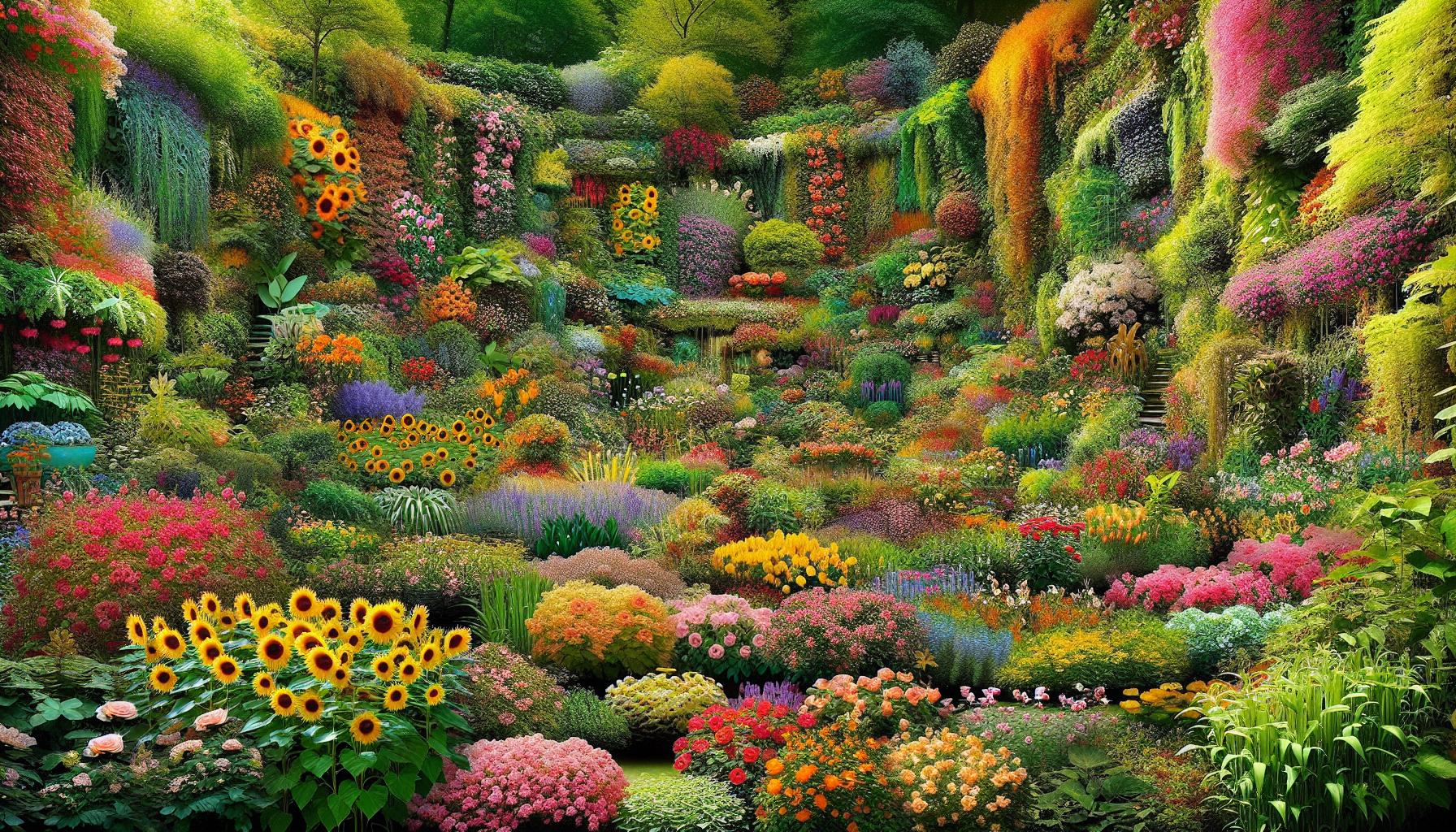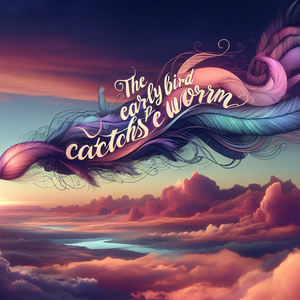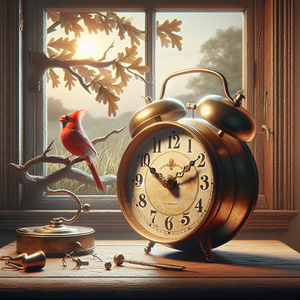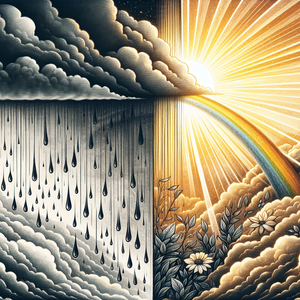The Art of Shadow: How Solar Eclipses Inspire Creativity

From ancient civilizations to contemporary artists, solar eclipses have played a pivotal role in shaping cultural narratives. The ancient Greeks recorded their observations of eclipses, and these events often found their way into their literature and philosophy. For instance, the philosopher Anaxagoras famously proposed that eclipses were natural phenomena rather than divine omens, yet many artists of his time used them as metaphors for chaos and transformation. This duality of interpretation highlights the eclipse's potential to inspire both fear and wonder, a theme that resonates through countless artistic expressions across time.
Modern Interpretations and the 2024 Solar Eclipse
As we approach the 2024 solar eclipse, anticipation is building among artists and creators. This event promises to be a significant cultural touchstone, as it will traverse a wide swath of the United States. Artists are already preparing to create works that respond to the eclipse, whether through painting, photography, literature, or music. The path of totality, where the moon will completely cover the sun, is expected to attract thousands of spectators and inspire a surge of artistic momentum.
The Role of Community in Artistic Creation
The communal experience of witnessing a solar eclipse can also inspire collective artistic endeavors. Communities along the path of totality are organizing events to celebrate the eclipse, providing opportunities for artists to engage with local cultures and traditions. These gatherings can spark collaborative projects, such as murals, performances, or poetry readings, all centered around the celestial event. The eclipse serves as a catalyst for bringing people together, fostering a sense of unity and shared purpose.
The art inspired by solar eclipses transcends mere representation of a celestial event; it reflects humanity's deep-seated fascination with the cosmos and our place within it. As we look forward to the upcoming 2024 solar eclipse, we can anticipate a flourishing of creativity that captures the wonder of this moment. From paintings and poetry to music and photography, the eclipse will serve as a powerful muse, reminding us of the beauty that can emerge from darkness.
Astronomical Event Photographer
National Geographic, NASA, and various educational institutions
Responsibilities
Capture high-quality images of celestial events, including solar eclipses, using specialized equipment.
Edit and process photographs to enhance visual impact and convey the emotional experience of viewers.
Collaborate with scientists and educators to create visual content for educational materials and presentations.
Required Skills
Proficiency in photography techniques and post-processing software (e.g., Adobe Lightroom, Photoshop).
Knowledge of astrophotography principles and equipment, including telescopes and filters.
Strong communication skills to engage with audiences and share the significance of astronomical phenomena.
Artistic Director for Cultural Events
Local arts councils, festival organizations, and cultural heritage institutions
Responsibilities
Oversee the creative aspects of community events centered around solar eclipses, ensuring artistic vision aligns with themes of unity and cultural exchange.
Collaborate with artists, performers, and local communities to develop a diverse program of activities, including murals and performances.
Manage budgets and logistics while promoting events through various media outlets.
Required Skills
Strong leadership and organizational skills, with experience in event planning and community engagement.
Background in the arts, with a keen understanding of cultural narratives and audience engagement.
Ability to foster collaboration among diverse groups and facilitate creative partnerships.
Creative Writer or Poet
Literary magazines, publishing companies, and arts organizations
Responsibilities
Develop original written works inspired by solar eclipses, exploring themes of transformation, wonder, and the human experience.
Participate in readings and community events to share poetry and prose, fostering a connection between art and audience.
Collaborate with visual artists or musicians to create multidisciplinary works that respond to celestial events.
Required Skills
Strong writing skills with a unique voice and ability to evoke emotion through language.
Familiarity with poetic forms and literary techniques, along with an understanding of how to craft narratives around celestial phenomena.
Experience in public speaking and performance to effectively convey artistic works to an audience.
Science Communicator or Educator
Planetariums, science museums, and educational non-profits
Responsibilities
Create educational content that explains the science behind solar eclipses and their cultural significance to diverse audiences.
Develop and lead workshops or presentations for schools, museums, and community organizations.
Collaborate with artists to incorporate scientific concepts into artistic projects that engage the community.
Required Skills
Strong background in astronomy or science communication, with the ability to simplify complex concepts for various age groups.
Excellent presentation skills and experience in public speaking to effectively engage audiences.
Creative thinking to integrate art and science in educational initiatives.
Multimedia Artist
Art galleries, cultural institutions, and independent artist collectives
Responsibilities
Create multimedia art installations that respond to solar eclipses, utilizing various mediums such as video, sound, and interactive elements.
Collaborate with other artists and scientists to develop projects that explore the relationship between light, darkness, and artistic expression.
Exhibit works in galleries or public spaces, providing immersive experiences for audiences.
Required Skills
Proficiency in digital art tools and techniques, including video editing software and sound design.
Strong conceptual ability to merge artistic vision with scientific themes in innovative ways.
Ability to work collaboratively and communicate ideas effectively within interdisciplinary teams.


